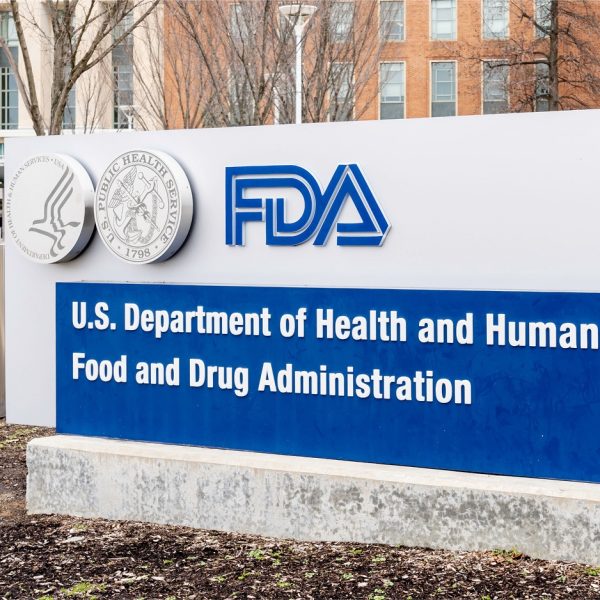Patient Experience Data: An Important Consideration for FDA Benefit-Risk Assessments

From a drug development perspective, benefit-risk assessments can sometimes feel abstract. However, from a patient’s perspective, they are a lived experience with a disease state and therapy. One benefit-risk assessment exists in paper and data, while the other lives in the body and mind of an individual. Aligning these concepts is a significant challenge in drug development. A recent and notable attempt to meet this challenge is the discussion of patient experience data in the FDA’s final (October 2023) guidance on benefit-risk assessment for new drug and biological products.
The guidance emphasizes that important information, such as “defining an intended patient population” and “identifying unmet needs,” can be garnered by collecting patient experience data during the early development of a drug product. Such data are not only integral to a drug’s development program, but also to assess the drug’s benefits and risks. Patient experience data help define clinical outcomes and identify endpoints that are predictive of, or measure, clinical outcomes of significance to patients.
Patient-Focused Drug Development Initiatives
The FDA recognizes that “patients are experts in the experience of their disease or condition and are the ultimate stakeholders in the outcomes of medical treatment.” To incorporate the patient’s perspective and experience with their disease and the impact of their treatments into drug development and regulatory decision-making, the FDA developed several initiatives and “patient-focused drug development“ guidance. This guidance describes how “meaningful” patient experience data can be collected and submitted to inform regulatory decision-making, as well as key aspects of FDA new drug approvals and post-market surveillance benefit-risk assessments.
With respect to the “patient-focused drug development” guidance, a key aspect is to provide an approach to clinical outcome assessment (COA) selection or development—including patientreported outcome (PRO)—that is based on patient-focused outcome measurement. There are four categories of COAs: patient-reported outcome (PRO), observer-reported outcome (ObsRO), performance outcome (PerfO), and clinician-reported outcome (ClinRO) measures.3 COA development, endpoint selection rationale, and benefit-risk assessment are strengthened with information on patient experience regarding the aspects of their disease or condition of greatest concern or priority.
Patient Preference Information
Other types of patient experience data, in addition to COAs and PROs, include patient preference information (PPI). Unlike PROs, which measure “how patients feel and function,” PPIs “capture the value that patients place on important attributes (e.g., benefits and risks) of the medical product.” Although useful in endpoint identification, informing therapeutic context, and assessment of benefit and risk, PPIs are most useful for supporting regulatory decision-making in the event of: (a) considerable variability in patient perspective on the most important benefits and risks within a population; (b) when the views between the patient and healthcare professionals regarding the most important benefits differ; (c) when the benefit-risk ratio is uncertain, or the treatment is associated with significant risks. If PPI information is available in an application, then it is assessed within the context of the drug’s safety and efficacy in the respective patient population.
Planning a PPI Study
If a PPI study is planned to inform the assessment of the benefit-risk of a drug product, sponsors are encouraged to engage with the review division early in the study’s development. PPI studies should be well-planned, “fit for purpose,” and variables such as study objective, “complexity,” the ability of the study to answer the research question, and “interpretability of results,” considered. Like other regulatory submissions, formal PPI studies must be accompanied by a study protocol, and statistical analysis plan, and include a “broad and representative” patient sample. A well-designed and well-conducted PPI study can yield information on attributes most important to patients. Early engagement with the FDA, to discuss relevant regulatory requirements and study design, is encouraged for sponsors planning to collect and use patient experience data in evaluations of safety and effectiveness.
Patient Experience Data in Premarket Applications
Should a premarket application contain patient experience data, or if patient experience data—though not included—informed the review of the application, then the FDA will indicate as such during the review. The FDA is particularly mindful of weighing the patient’s perspective on the benefit of a drug versus its benefits and risks to the patient population. If the FDA determines that a drug poses a significant risk to a specified patient population, it will not approve the drug, even if patients benefit from and desire access to it. However, the FDA will consider patient experience data—and benefits important to the patient in treating their condition—to inform their overall assessment of the drug’s benefit. Direct evidence of a drug’s benefits and risks, and the benefit to patients, can be provided by using a “methodologically sound and fit for purpose data collection tool(s)” to gather data on patient experience in drug development.
As the Agency notes in this guidance, the patient is the ultimate stakeholder. For patient advocacy groups, seeing these words in a final guidance may be an encouraging sign. For sponsors, this represents a call to action to incorporate the voices and lived experiences of patients from the first study, through the final Advisory Committee public comment, and into post-marketing.
To explore how we can support your specific needs regarding benefit-risk assessments for your drug development program, please click here to start a conversation with our experts today.
Authored by: Christine Clarke, PhD I Senior Manager, Global Regulatory Affairs.
References:
Benefit-Risk Assessment for New Drug and Biological Products | FDA
Patient-Focused Drug Development: Collecting Comprehensive and Representative Input | FDA




